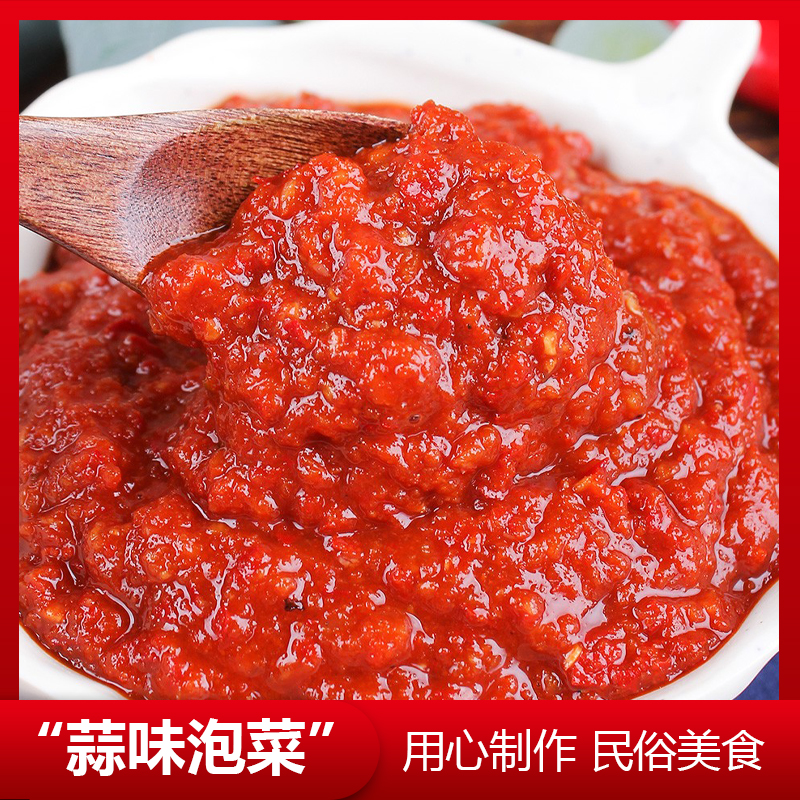Symptoms: Initially, the leaves showed water-soaked, necrotic spots that quickly turned dark brown. The lesions formed a distinct, concentric pattern with dark and light rings, often surrounded by a yellow halo. These symptoms are commonly observed on the lower leaves and can spread rapidly under favorable conditions.
The pathogen responsible for this disease is *Pseudomonas cichorii* (Swinhoe) Stapp, previously known as *Pseudomonas chicory*. It is a gram-negative, rod-shaped bacterium equipped with polar flagella, which enables it to move through moisture and infect host plants.
Infection occurs primarily through splashing water or contact between infected and healthy leaves. The bacteria enter the plant through natural openings such as stomata or wounds caused by mechanical damage. The optimal temperature range for infection is between 17°C and 23°C, and outbreaks typically occur during cooler periods of the growing season.
Prevention and control measures are essential to manage this disease effectively. As soon as symptoms appear, affected leaves should be removed and destroyed to prevent further spread. In the early stages of infection, applying a 14% Luyang Bronze Solution diluted at a ratio of 1:350 has proven effective. This treatment should be applied every 7 to 10 days, with a total of 2 to 3 applications recommended for best results. Additionally, practicing good cultural methods, such as avoiding overhead irrigation and ensuring proper spacing between plants, can help reduce the risk of infection.
It is also advisable to rotate crops and use resistant varieties where possible. Monitoring fields regularly and maintaining good sanitation practices, such as cleaning tools and equipment, can further minimize the chances of disease occurrence.

Garlic Flavored Kimchi,Korean Cuisine,Spicy Garlic Kimchi,Garlic Kimchi
Yanbian Jingangshan Food Co., Ltd , https://www.ybjgsfood.com